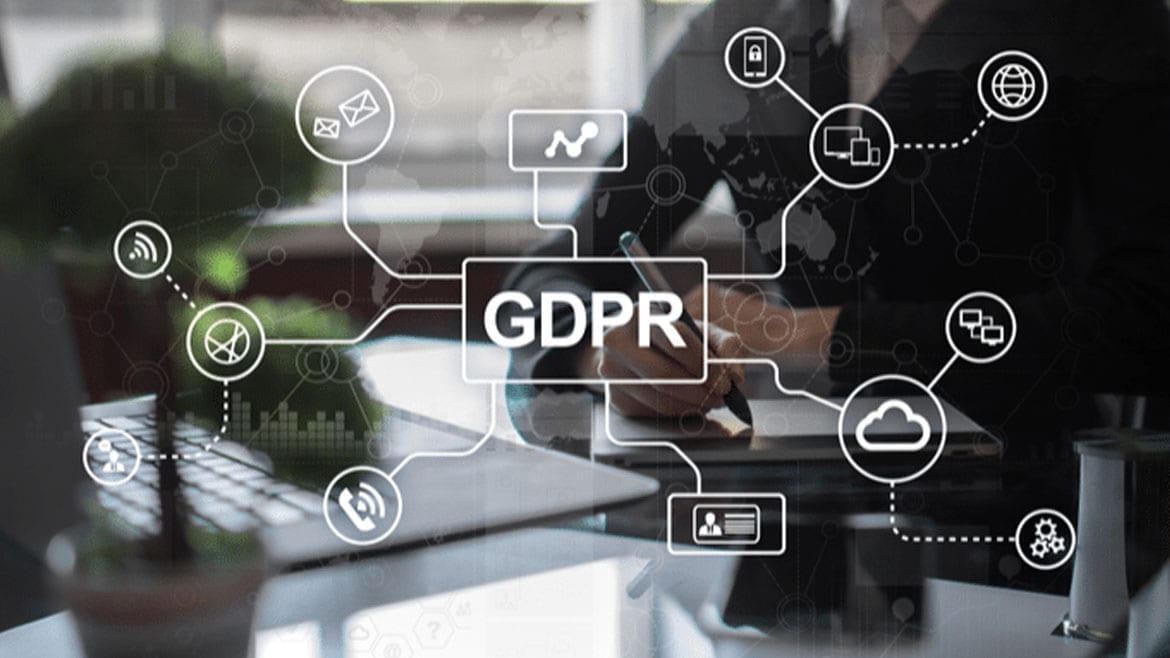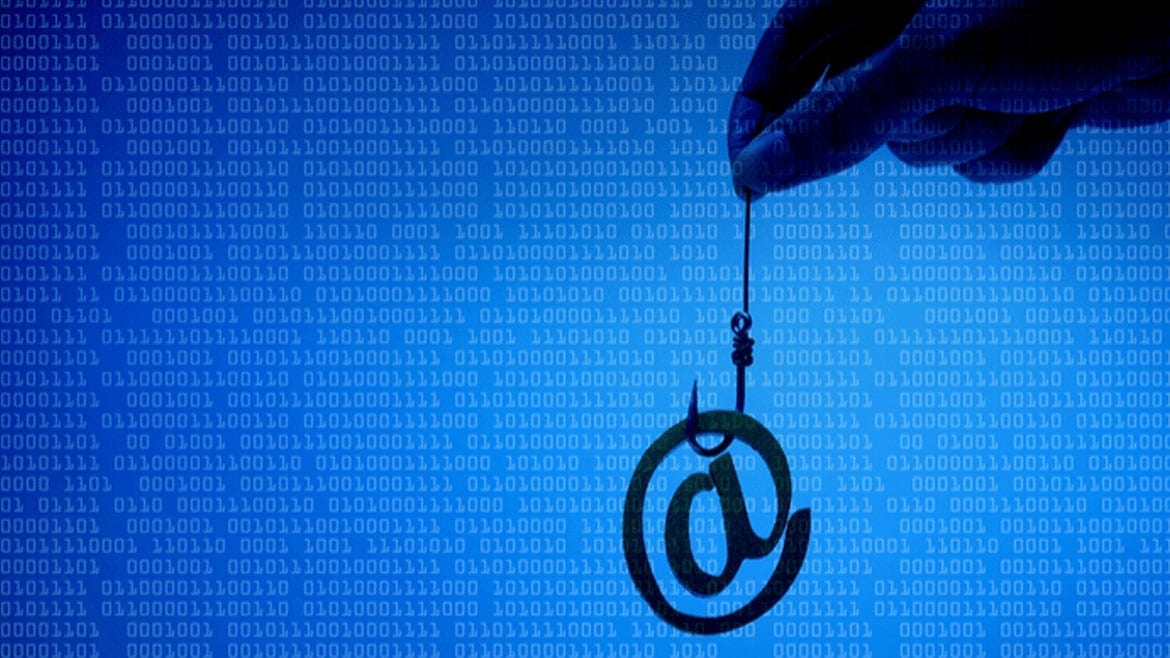6 Ways to Prevent a Phishing Attack
Phishing is an example of social engineering or a technique that takes advantage of people's personality to grab money or information. When it comes to phishing, in particular, it is a fraudulent attempt to obtain sensitive information by pretending to be a trustworthy person or organization.
Phishing is usually carried out by email spoofing (emails with a forged sender address) or via instant messages, and it often directs people to enter personal information on a fake website that usually looks like a legitimate entity.
Click here to learn more about how you can protect yourself using Microsoft Defender.
Here are six ways to protect yourself from phishing attacks.
- Never Give out Personal Information: As a general rule of thumb, you should never share personal or financial information over the internet. It is a rule that's almost as old as the World Wide Web, itself - as with phishing scams. Never send an email with sensitive information to anyone and don't offer confidential data in links provided in emails. Secure websites always start with “https,” so, train yourself to check.
- Keep Your Browser Up to Date: Popular browsers receive security patches. It is in response to security loopholes in which phishers and hackers take advantage. If you have the habit of ignoring messages about updating your browser, please stop. Update your browser, the moment an update is available.
- Use Firewalls A good quality firewall will act as a buffer between you and any outside intruders. The best course of action is to use two types of firewalls at the same time - a desktop firewall and a network firewall. One will protect your computer while the other, your network. Together, they drastically reduce the chance of hacker or phishers to take advantage of you.
- Use Antivirus Software: While firewalls prevent access to malicious files by blocking their attacks, antivirus software will scan every file that comes through the network and into your computer. Just remember to keep it up-to-date as well.
- Avoid Pop-ups: Pop-up windows can present themselves as another component of the website you accessed. Nevertheless, many of them could be phishing attempts. Most browsers can block them automatically. If one does manage to slip through the cracks, don't press the cancel button as this usually leads to phishing sites. Click on the small x at the upper corner of the pop-up window, instead.
- Don't Click on Links You Don't Recognize: Links found on trusted sites are okay to click on, but links that appear in random emails or instant messages, may not be. These sorts of emails will claim to be from a legitimate source, and when you click on the link, they will send you to a website that looks authentic. If you are not sure about the authenticity of the email, hover over the link and see where it leads. If you think the email is something serious but you are not entirely sure, head over to the company website and contact them directly by phone.
While these preventive measures will keep you safe from phishing attempts, the best line of defense is knowledge. Like your browser, firewall, or antivirus software, keep yourself up-to-date. New scams are being developed on a daily basis and knowing what to expect, will help to keep you safe.
Looking for a more comprehensive guide? Check out our article How to Prevent, Detect, and Protect Yourself From Phishing Attacks.
Continued Reading

July 13, 2018
Explained: General Data Protection Regulation (GDPR)
[vc_row][vc_column][vc_column_text] At its very core, the General Data Protection Regulation […]
LEARN MOREManaged Services and Help Desk
Security and Compliance

July 18, 2018
How to Tell When You Receive a Phishing Email
As of 2018, ransomware is at an all-time high. It accounted […]
LEARN MORESecurity and Compliance


